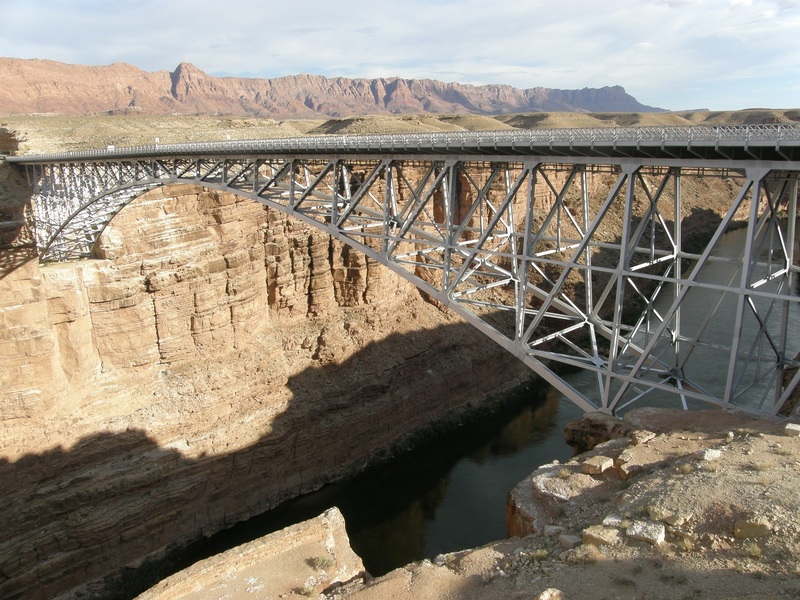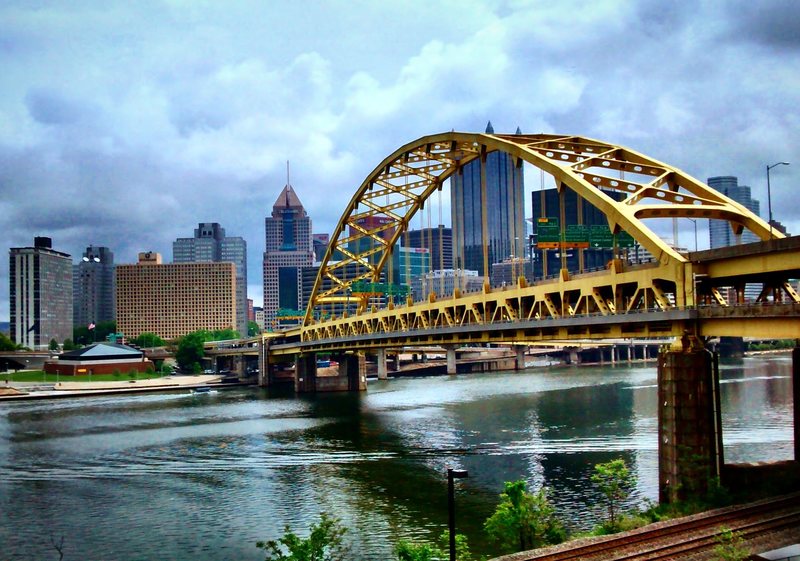When Andrew Carnegie, Thomas and Andrew Mellon, E.J. Heinz, George Westinghouse, Edwin Drake, and Henry Clay Frick moved into Pittsburgh’s East Liberty neighborhood in the mid-19th century and launched the Industrial Age, they created the foundation that still serves part of our economy today. However, they also inspired something else: a spirit of innovation and progress that has helped Pittsburgh move from one of the nation’s top industrial manufacturing hubs, known as Iron City (1800-1859) and then Steel City (1859-1946), to a leading new economy and new technology center.
Now, the city that sits at the convergence of the Ohio, Allegheny, and Monongahela rivers is becoming as known for gigabytes and robotics among younger generations as it was as an industrial mecca.
Pittsburgh is red-hot and vibrant again. Always known as a diverse city, Pittsburgh features 90 distinct neighborhoods with their own sub-cultures, as well as 3,000 urban parks to serve its 302,000 residents.
The same ingenuity, collaboration, and innovation that served the Industrial Age founders is alive and well in one of the country’s greatest tech hubs. It is a leading “Next City”, which is no surprise: in the past decade, Pittsburgh’s tech sector has generated $22 billion in revenue. In 2017 alone, nearly $700 was invested in tech initiatives.
How are they doing it? Unlike some areas, which have essentially erased their brick-and-mortar pasts to dive headlong into new technologies, Pittsburgh is marrying the old with the new. Smart move, since its building trade union still has more than 60,000 members. However, where steel, glass, and iron once ruled, we now find medicine, education, health care, robotics, software engineering, and high-tech industries leading the way.

In addition, Google, Facebook, Uber, and Apple all maintain strong presences in town, to go along with the 10 centenarian firms credited with building Pittsburgh and, in some cases, America: ALCOA, Bayer, Clark Candy, Heinz, Kennametal, Mine Safety Appliances Corp., PPG Industries, Starkist, U.S. Steel, and Westinghouse (all of which still operate and employ thousands of workers).
“We want to build a Pittsburgh and a region in which the lines between the ‘old’ and ‘new’ economy are erased and value is placed in the work ethic here and the dedication to community, while building a future for all,” said Morgan O’Brien, co-chair of the Pittsburgh Works board. “We’re recognizing and capitalizing on a confluence of interests, bringing the labor movement into a shared program with management. This has evolved from the history of this region, working from a set of shared values, built on valuing both people and our environment.”
How has Pittsburgh risen again to become a tech hub just as vibrant as the city that built America? As always in the tech world, a multi-layered collaboration between private industry, the city, several tech and business development groups, and angel and venture investment came together. Some of the key players include:
• Innovation Works: The largest seed-stage investor of innovative startups and tech investors into SW Pennsylvania, Innovation Works helps startups who come to the area from all over the country. Their portfolio includes robotics, AI, medical devices, retail technologies, enterprise software, and other companies. Some of the fast-growing IW-supported startups include 4Moms, Wombat Security, Bossa Nova Robotics, ALung Technologies, and Civic Science. In addition, three startups were later acquired by Fortune 500 companies: Vivisimo (acquired by IBM), Modcloth (WalMart), and NoWait (Yelp).
Since its formation in 1999, IW has supported nearly 730 companies, with investments totaling $117 million. In 2020, they provided $6.7 million in financial assistance — but that’s only the top of the iceberg. In addition, IW connects venture capitalists and angel investors with new startup opportunities. In 2020, seed fund and accelerator companies attracted $372 million in investment. In addition, more than 100 venture capital firms in the U.S. have invested in companies in the region. All in all, IW helped to capitalize $2.9 billion in follow-on investment.
• Pittsburgh Technology Council: Businesses that move into town, or start-up, always need help securing workforce — something the Pittsburgh Technology Council solves. PTC members can connect with people and organizations they need for success. The organization’s support programs include more than 120 tech training, talent development, IT best practices, and other events for its members. PTC also sets up network groups, the most active being the IT Network, Creative Industries Network, and Manufacturing Network.
In addition, the Pittsburgh Tech Council hosts the 50 Innovators of the Year awards, which cover all essential tech categories (see story on page 66). Within its 2020 winners and finalists is reflected the unique convergence of old industry and new technology that only an area as storied as Pittsburgh can provide. Also, while the awards are area-centric, they also aptly demonstrate the diversity and national influence of the area. The 2020 winners include Astrobotic (AI/ML/Robotics), Digital Dream Labs (Consumer Goods), Schneider Downs & Co. (Security), Idelic (Data Science), Mitsubishi Electric Power Products (Manufacturing), Sentact (Medtech), Smart Futures (Non-Profit/Education/Community), PittMoss (Solutions Providers-Innovative Tech), Truefit (Solutions Providers-Services), and Indiana University of Pittsburgh (Top COVID Pivot).
• Pittsburgh Works: One of Pittsburgh’s biggest reasons for the impressive transition from industrial hub to tech hub is the way it has worked with area business, civic, and labor leaders to integrate the building trades in economic development. That comes from Pittsburgh Works, which follows the example set a century ago by European steelworker Joe Magarac, who became a folk hero within the steel industry. Their vision of economic progress embraces existing and emerging industries, inclusiveness and diversity, and ensuring a sustainable environment. They work closely with the Pittsburgh Building Trades Union and its 60,000-strong membership.
“Yes, robotics are great, but somebody has to build and maintain them – that’s our building trades,” said Tom Melcher of the Pittsburgh Building Trades Union. “Talk is cheap. We’re in this for our survival. We’re being realistic and responsible. The Shell cracker plant, for example, is attracting new industries and jobs for the region. That’s a good thing. We are the number one producer of energy in the world, right here in western Pennsylvania. If we do this right, the potential is huge.”
• Pittsburgh Technology Center: While the Pittsburgh Tech Center is fairly new, with $150 million in new construction completed in 2007, its location is one of the true epicenters of the Industrial Age. On the site in 1849 sat the Pittsburgh and Boston Copper Smelting Works, then was occupied by the Jones & Laughlin Steel Mill for a century until it closed in 1979. Now, the Tech Center occupies the space as a hub of advanced academic and corporate tech research.
• Pittsburgh Technical College: One of the educational hubs to feed tech workers into Pittsburgh is the Tech College, which has 30 career-focused programs from business to criminal justice, from design and engineering, healthcare, energy and electronics, School of IT and Technology, School of Trades Technology. Founded in 1946, it switched to nonprofit status in 2017 to give greater opportunity to students of all income levels.
Other colleges and universities that are educating and training tomorrow’s tech workers and entrepreneurs include Carnegie Mellon University, the University of Pittsburgh, Bidwell Training Center, Forbes Road Career & Technology Center, Kaplan Career Institute, and Triangle Tech.
Because of the area’s industrial and energy past, it has become a highly popular destination for next-generation energy businesses (such as Mitsubishi Electric Power Products, one of the winners in the 50 Innovators of the Year competition). Because of the city’s commitment to sustainability and new tech, it is working to build a tech legacy that is just as long-lasting — and far-reaching — as what the East Liberty neighborhood industrialists created. ■











